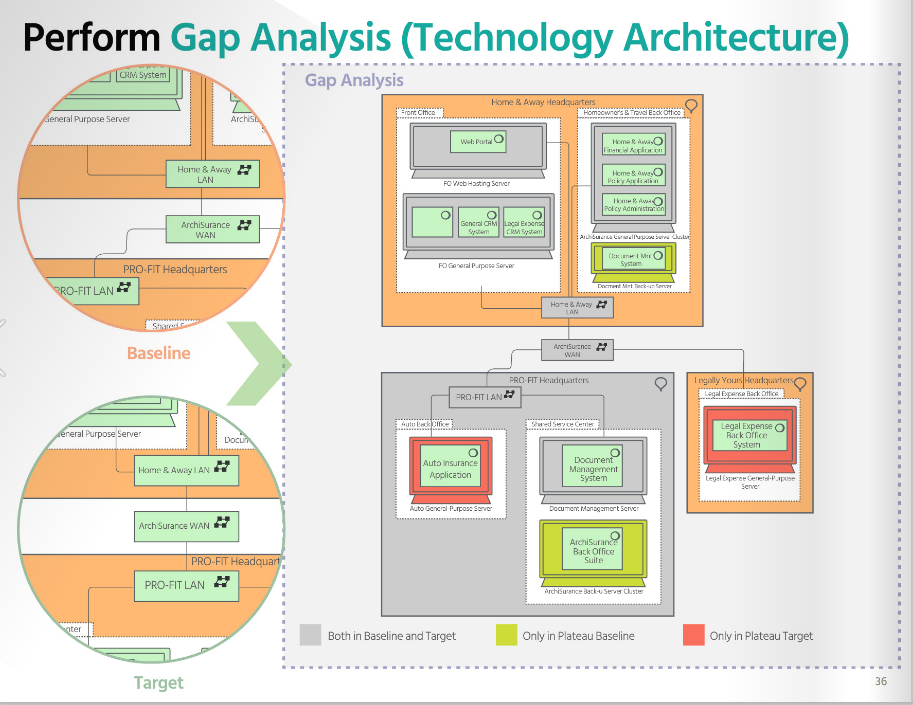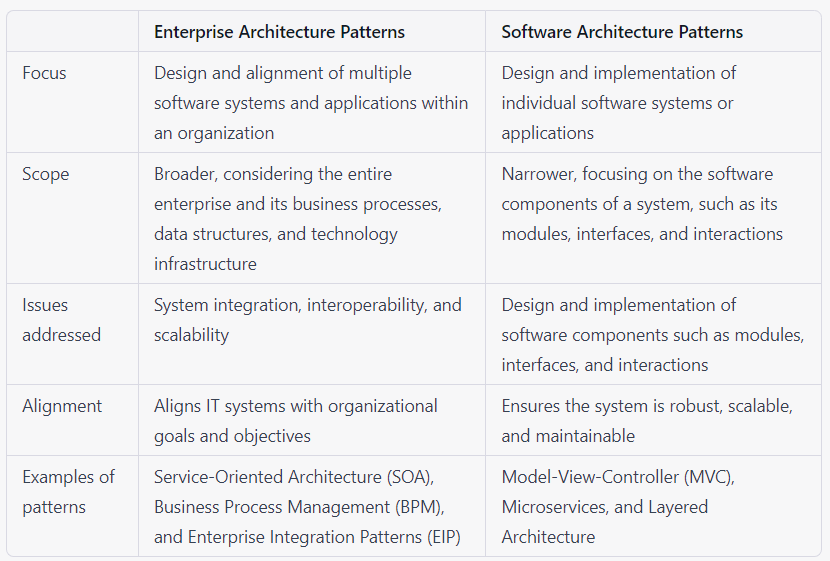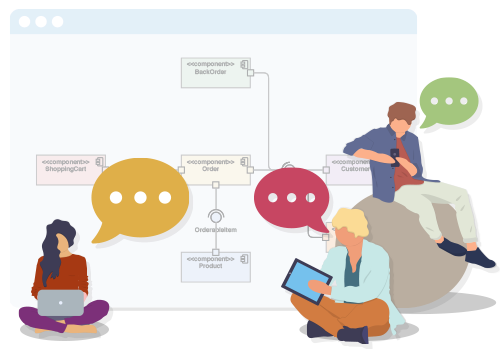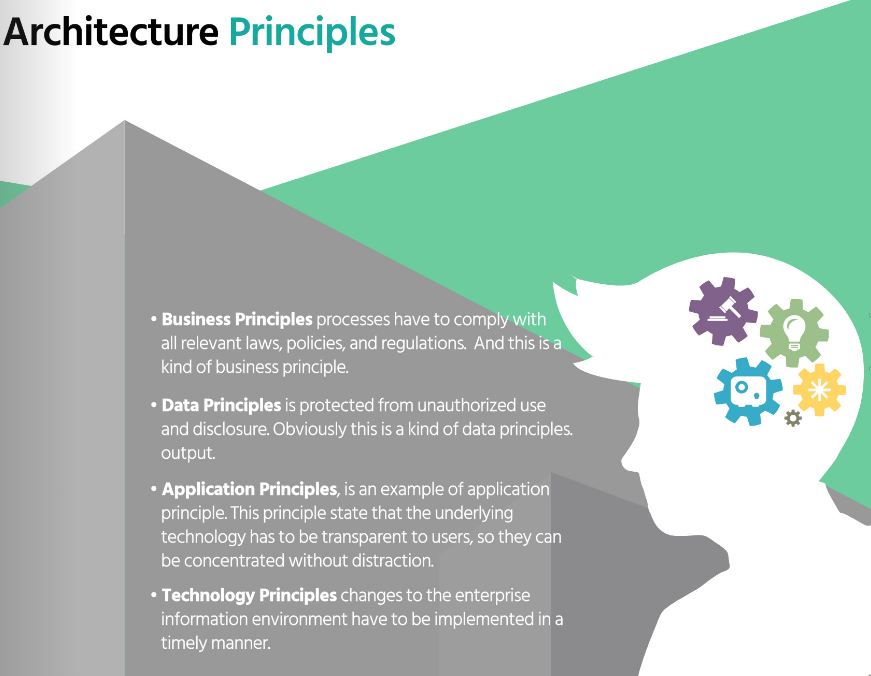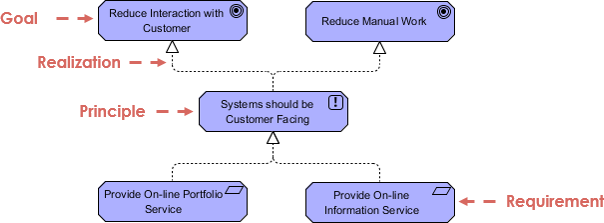TOGAF ADM: Top 10 techniques – Part 4: Gap Analysis
What is a Gap Analysis A Gap Analysis is a process that identifies the difference between the current state and the desired future state of an organization in terms of its processes, capabilities, and technology. The purpose of a Gap Analysis is to identify areas where improvements are needed to achieve the desired future state. In the context of the TOGAF (The Open Group Architecture Framework) Architecture Development Method (ADM), Gap Analysis is an important technique used in the Architecture Vision phase. During this phase, the organization's strategic objectives and goals are identified,…continue reading →

